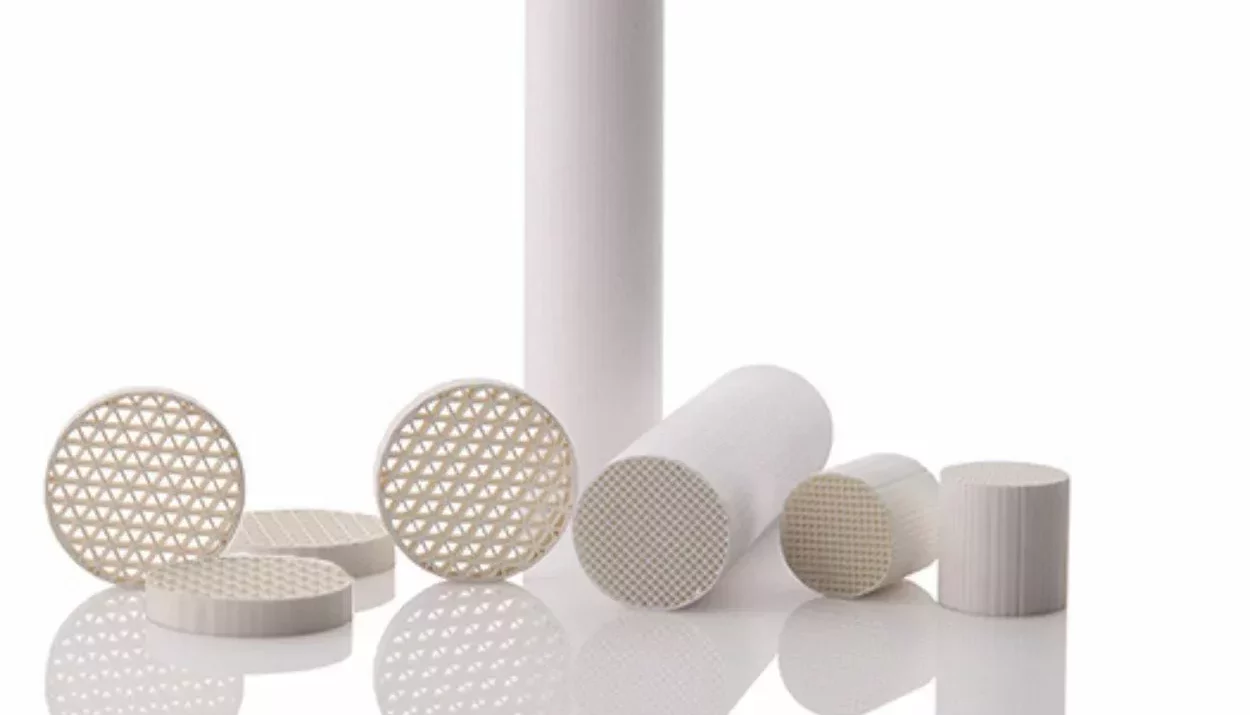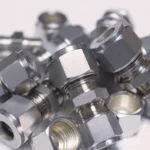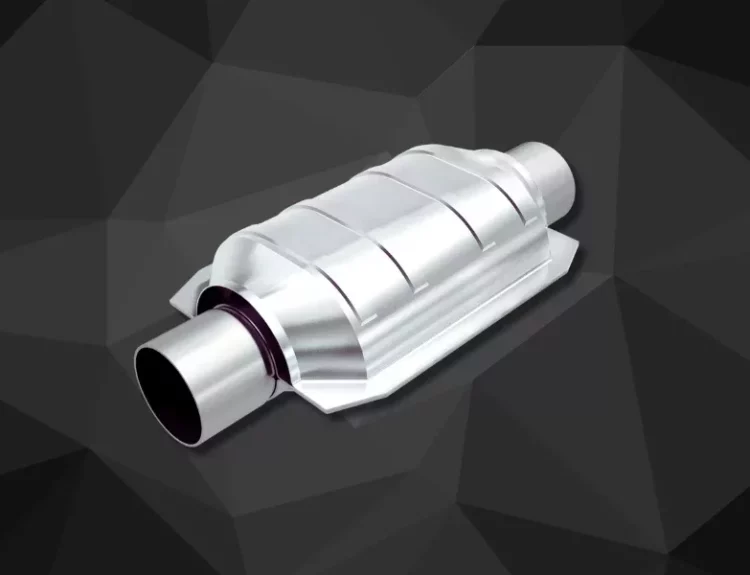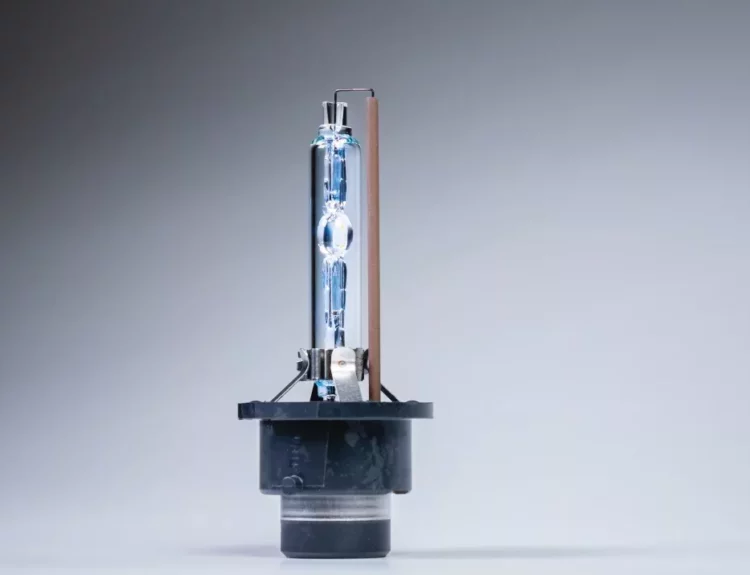In advanced materials, ceramic honeycomb stands out for its unique structure and exceptional properties. This article takes you on a journey through the world of ceramic honeycomb, from its intricate design to its diverse applications in modern technology and environmental solutions.
The Intricate Design of Ceramic Honeycomb
Ceramic honeycomb is characterized by its distinctive structure, resembling the hexagonal pattern in a bee’s honeycomb. This design isn’t just for show; it provides a high surface area while maintaining minimal weight, a dream combo for engineers and designers. The structure is created using various ceramic materials known for their durability, heat resistance, and chemical stability.
Exceptional Properties: Strength, Efficiency, and More
The ceramic honeycomb’s structure lends it some remarkable properties. It’s solid and can withstand high temperatures and harsh conditions, making it perfect for demanding environments. Its high surface area makes it efficient for filtering and catalytic processes, where maximizing contact with gases or liquids is crucial.
Diverse Applications: From Industry to Environmental Protection
Ceramic honeycomb isn’t just about its impressive strength and resilience; it’s also about versatility. Here are a few areas where it shines:
- Emission Control: In the automotive industry, ceramic honeycomb is the core material in catalytic converters, helping reduce harmful vehicle emissions.
- Heat Exchangers: Thanks to its ability to handle high temperatures, ceramic honeycomb is used in heat exchangers, contributing to energy efficiency in industrial processes.
- Filtration Systems: Its high surface area makes it ideal for use in filters, capturing particulates and pollutants in air and water purification systems.
- Support Structures: In chemical reactors, ceramic honeycomb provides a supportive framework for catalysts, enhancing reaction efficiency without impeding flow.
The Future of Ceramic Honeycomb
As we continue to work on the boundaries of technology and seek more sustainable solutions, the role of ceramic honeycomb materials is set to grow. Innovations in material science could lead to even lighter, stronger, and more efficient honeycomb structures, opening new doors for their application in areas like renewable energy, aerospace, and beyond.
You can buy ceramic honeycomb from following companies:
Embracing the Hexagonal Wonder
Ceramic honeycomb materials are a testament to the power of combining natural inspiration with advanced material science. Their unique structure and properties solve current engineering challenges and offer a canvas for future innovations. As we explore the potential of these hexagonal wonders, the possibilities seem as vast as the honeycomb’s myriad of cells.







